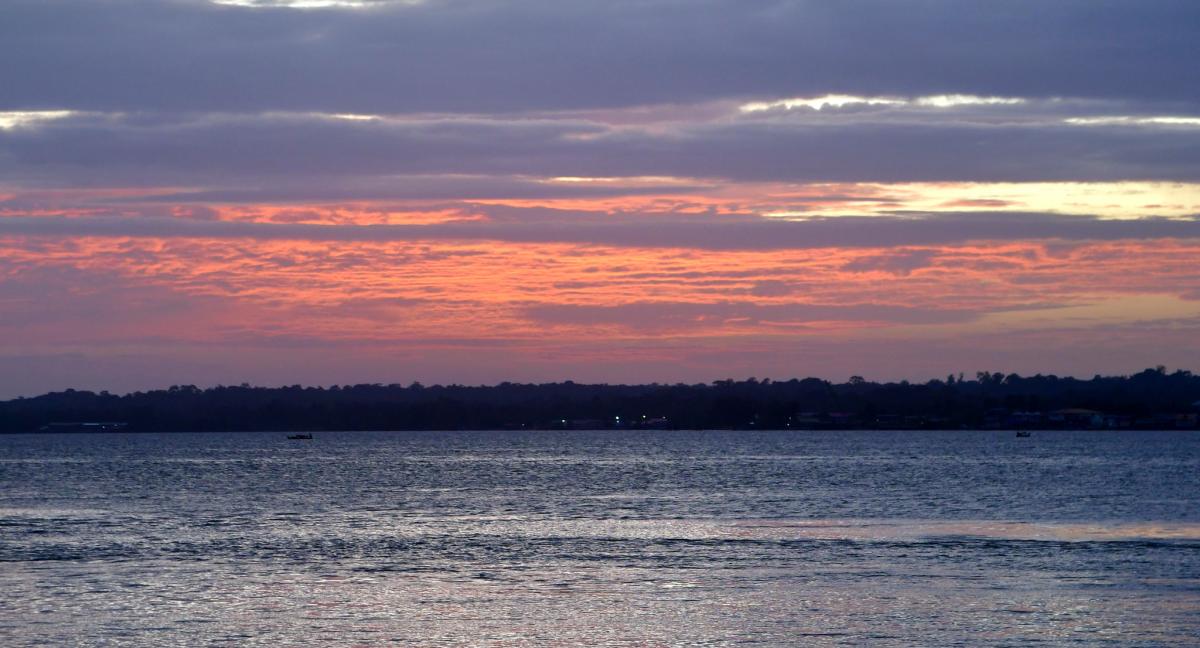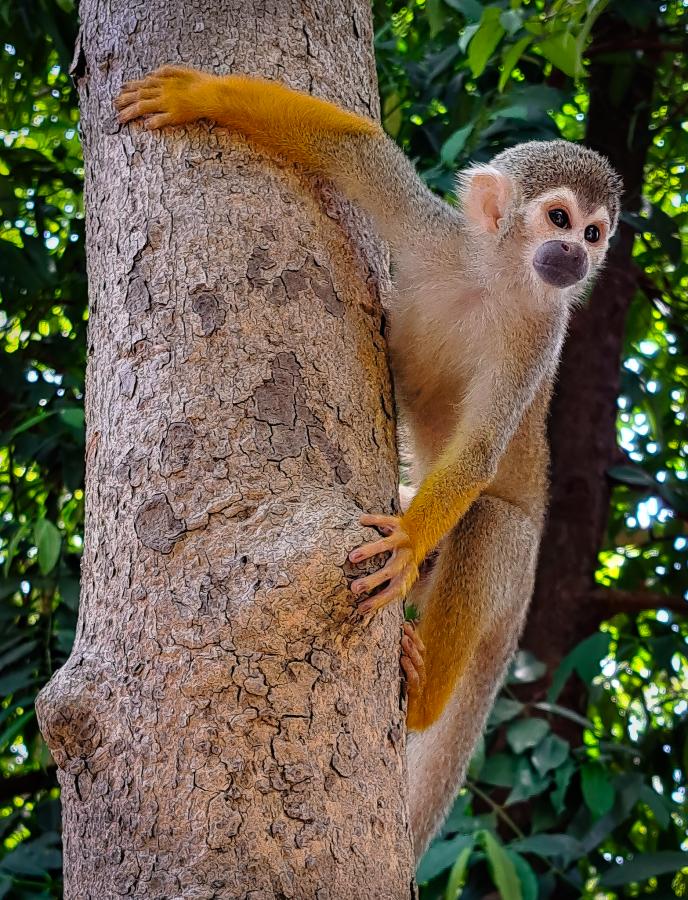Joergen, OZ0J will be active as TO0J from French Guiana, 20 - 31 December 2024.
He will operate on 80 - 10m.
Recent DX Spots TO0J
TO0J Log search QSL via LOTW, ClubLog OQRS.
French Guiana - Europe among the jungle
French Guiana is the smallest territory of South America, and at the same time - the largest part of the European Union, located not in Europe and not on the islands. The region is considered a department of France, subject to its laws and president. In fact, nowadays the territory could be called simply Guiana, as there are no other countries with this name. At the time of the conquest, there were also other Guianas - “British”, “Dutch”, “Spanish” - but later all of them were renamed.
 French Guiana. Author - Michel Giraud- Audine.
French Guiana. Author - Michel Giraud- Audine.
Overseas “France”
Most of the region's black inhabitants call themselves French and their land France. European laws do apply here. The official administrative center of the area is the city of Cayenne, but in fact this role is played by Paris. The inhabitants consider the French president as their head, who appoints the local prefect. However, the population of Guiana chooses representatives to the Senate and Parliament of the European power independently, by voting.
The official language of the province is French. Tourists who do not know it will have a hard time explaining themselves here - the inhabitants do not know English. Closer to the south and west of the country, local dialects - types of Creole, Indian and Maroon languages - are more and more common. The language “Taki-Tak”, once formed on the basis of modified English and Dutch, is also practiced. However, nowadays it is not easy to hear European notes in the speech of speakers, and one should not hope for it.
The monetary unit here is the euro, the main religion is Catholicism, and prices for services correspond roughly to the French equivalents. However, a Schengen visa alone is not enough to visit the government: the country has its own rules. Those wishing to fly to an exotic country should have a residence permit in one of the European countries, or a French visa for more than a year. It is also possible to issue a tourist visa directly to French Guiana.
 French Guiana. Author - Pascal Colin.
French Guiana. Author - Pascal Colin.
Centuries of history
According to archaeological data, the first settlements in the territory appeared in the 5th century BC. The abundance of rivers and fresh water bodies made the area comfortable for living: the inhabitants called their country “The Land of Waters”. Numerous tribes settled down here and lived peacefully until the arrival of the Spaniards led by Columbus. However, the guests were not interested in the territory - there were enough discoveries at that time, and there were more interesting from the economic point of view of lands and islands.
But the French, starting from 1604, began to show more active interest in the territory. The aliens began to grow coffee trees and sugar cane, and transformed the hard-to-pronounce name chosen by the natives into Guiana. Soon French authority was clearly established over the territory, but for the most part formally. The Indians categorically refused to work for the conquerors: violent measures did not help. To maintain the economy, African slaves had to be transported to South America.
After the abolition of slavery in 1848, the situation became even more difficult: the area was not very attractive for immigrants. However, the situation changed dramatically with the onset of the gold rush. Those hungry for gold came here by the thousands, and many died in the jungle from animal attacks or insect bites. From 1852 and for almost a century, the department served as a place of exile for French prisoners. It was not until 1946 that the country was officially freed from this shameful designation and became a full-fledged part of France.
 French Guiana. Author - Ronaldo Vieira de Carvalho.
French Guiana. Author - Ronaldo Vieira de Carvalho.
Nature and climate
The territory is characterized by a classic equatorial climate. It is very hot, with summer temperatures reaching 35-37°C. Humidity is highest not only during the rainy season, but also at all other times. The rains here are very abundant, the season falls on the period from January to June. In general, the climate of the country, coupled with high risks of tropical diseases, is not considered too favorable for visitors.
The relief of the territory is not too mountainous - the highest peak reaches only 851 meters. The north is dominated by lowlands riddled with riverbeds, closer to the south and west there are hills. Almost the entire terrain is covered with impenetrable virgin jungle. The abundance of rainfall, so discouraging to immigrants, has created an ideal environment for local animal and plant life. There are dozens of species of monkeys, various predators, birds, fish, insects, and rare tree species. Compared to other countries of South America, the local nature is the least affected by man and is preserved in its original form.
What awaits tourists?
Those who want to enjoy the cleanest beaches and clear sea will be disappointed when they find themselves in French Guiana. Due to the swampy terrain and clay soil, the water here has a muddy consistency and yellowish color. There are few sandy beaches, and even they do not seem suitable for swimming. Tourist infrastructure here is also not too developed: there are few hotels, transportation branching functions mainly along the coasts, many areas are difficult to access.
But for those who first of all appreciate not comfort but brightness of impressions, French Guiana is a suitable solution. It is a real paradise for zoologists, herpetologists, ornithologists and just lovers of tropical nature. On the territory there are several large reserves. However, it should be remembered that not all wildlife is friendly and welcoming. Those wishing to get acquainted with the local fauna should maximize safety, cover the body and use the services of a guide.
Another bright attraction of the department is the spaceport, located 10 km from the city of Kuru. Its proximity to the equator has created suitable conditions for rocket launches. Visitors should also take a look at islands, caves, waterfalls and other natural beauties.

